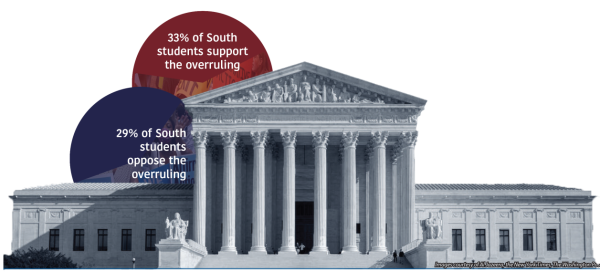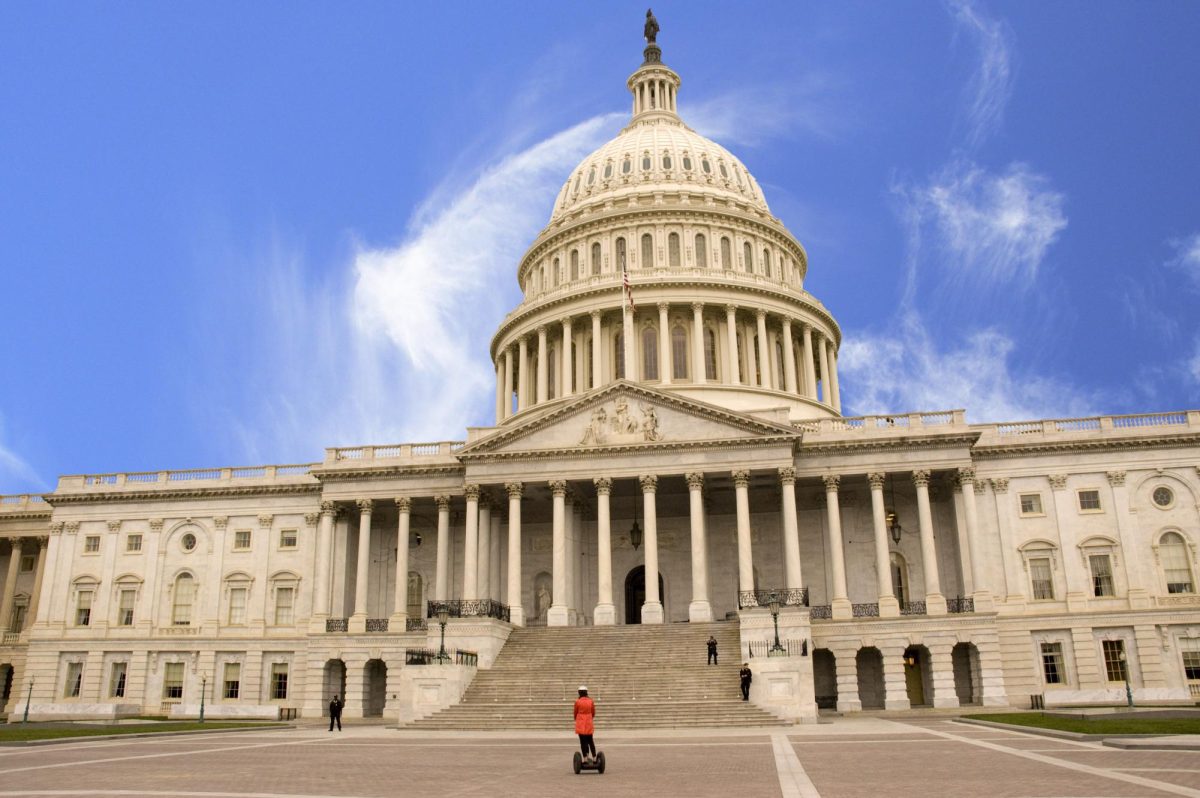This year, seniors can expect their college admissions to look a little different: while in the past, applicants’ could expect their race to be taken into consideration, they are now not required to include it in their applications. This summer, in a 6 to 3, majority ruling, the U.S. Supreme Court overruled the use of Affirmative Action in college applications, The New York Times reported. .
In a collegiate setting, U.S. News defines Affirmative Action as the practice of factoring background characteristics, such as race, into deciding whether to accept an applicant into a university. The practice was first introduced in response to the civil rights movement in the 1960s, which intended to ensure equal employment and educational opportunities regardless of race, religion, and national origin, according to the National Archives. While the term is applicable to employment as well, the Supreme Court’s decision only relates to college admission, Tara Tate, Social Studies Teacher explained.
Even though senior Yoon Oh, a proponent of the policy, expected Affirmative Action to be overruled, she was still disappointed when the ruling was announced.
“It was shocking to see how just a few people in the Supreme Court could change everything about a nationwide process,” Oh said. “[Affirmative Action] is important in creating a diverse group of students in universities. College would not be as joyful if all people [were] of the same race.”
Oh was not alone in her opinion. About 29 percent of South students disagree with the Supreme Court’s decision to prohibit the use of Affirmative Action in college admissions, according to an unscientific poll of over 300 students conducted by The Oracle. Meanwhile, roughly 36 percent of South students polled agreed with the court’s decision to overrule the policy.
There has not been enough time since the original passing of the legislation for the policy to undo the negative effects racism has left on college campuses for Affirmative Action to be overruled, Mildred García, president of the American Association of State Colleges and Universities, said in a statement to U.S. News
“Fifty years since the passage of civil rights legislation has not been nearly enough to address or correct more than 350 years of discriminatory practices intended to keep people of color away from higher education institutions or, starting in the 19th century, ” García said.
While Freshmen Ethan Webb will not be applying to colleges for another three years, he was relieved to see the policy gone.
“I am against [Affirmative Action,” Webb said. “[College] admissions should be based solely on your portfolio and your academic performance [not your identity].”
Affirmative Action, while created with the intention to create a greater amount of opportunities for those less fortunate, can take away opportunities from people who worked hard for them, Webb explained. In a collegiate setting, that means there may be students who got into colleges over more deserving ones, he added.
“Some opportunities might have been taken from people who were [more] deserving of them and given to people who were not necessarily as qualified for it [because of the policy’s guidelines],” Webb said.
The policy was not preferable to all races; the policy targets races that are disproportionately represented in admissions, according to the National Archives. This often meant that African Americans and Latinos were most aided by the policy, while white and Asian Americans were hurt the most, according to U.S. News. Oh, an Asian American, recognizes that Affirmative Action policies were not advantageous to her race. However, she thinks that the overall diversity that the policy brought is more important.
Affirmative Action is hypocritical, as giving identities an advantage in any setting over others is discriminatory, Pam Bondi, chair of the Constitutional Litigation Partnership and co-chair of the Center for Law and Justice at the America First Policy Institute, wrote in a statement to U.S. News.
“The United States Supreme Court correctly called discrimination what it is – wrong, regardless of the skin color of the intended beneficiary,” Bondi said.
The policy’s overruling has impacted Oh’s application process. While schools can longer use the policy directly, she plans on applying to, and eventually enrolling in, a university that upholds the goals of the policy through other methods.
“I want to make sure that whatever college I’m applying to, continues [upholding the standards of] Affirmative Action [by accepting a] diverse [population of students],” Oh said.
Tate, an AP Gov and Civics teacher, was in Washington D.C. at the time the court’s decision was handed down attending a five-day event known as the Supreme Court Institute, at which she and other teachers from across the nation worked with the Supreme Court to learn methods of teaching court cases in the classroom. There, she met Chief Justice John Roberts and was present at the court where Affirmative Action would eventually be overruled.
“[We discussed] the impact that [Affirmative Action and other court rulings would] have on how we teach civil liberties and civil rights,” Tate said.
Tate recognizes the importance of hearing the differing opinions of the justices, as she believes they serve a lot of value in our country. Additionally, hearing contrasting opinions has enriched her own understanding when listening to certain cases, she added.
While he does not like Affirmative Action in motion, Webb understands the reasoning behind it. It is a policy that works better in theory than in practice, he explained.
“While it is a great thing to try and be inclusive, it can lower the [prestige] of a college,” Webb said. “[By trying so hard to be diverse, schools are] no longer taking the sheer best of the crop and [are] factoring in some people that are not necessarily as qualified [as applicants].”
Although race is no longer taken into consideration for college admissions, Tate believes there are ways for students to include their identities into their applications if they see fit.
“Student’s identities [are a part of them],” Tate said. “If a student really feels that their identity impacts who they are, they [could], think about [including it in] their college essays.”






